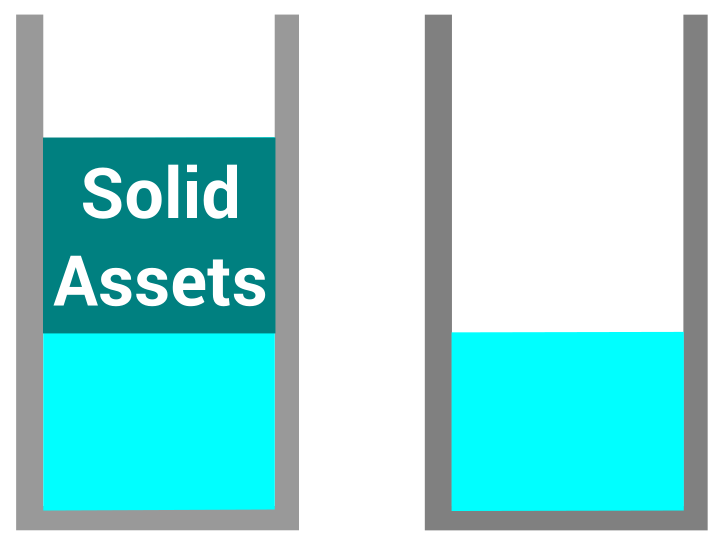There are different ratios that are used in business. A current ratio is a formula that shows the relationship between what the business has payable, and what they have as liquidity. It may be easier to think of current liability as current payables.
Formulas for Liquidity Ratios
The formula for the current ratio is
Current assets / current liabilities = current ratio
The current ratio shows if the company has enough potential cash to pay any debts that they owe. The current ratio is usually based off of a year and should be above or between 1-1.25, below this number would indicate that the business does not have enough cash to pay off its debts.
The acid test ratio is a stripped down version of the current ratio. It uses the most liquid assets. Why does it use the most liquid assets? The acid test ratio uses liquid assets, such as cash, receivables and short term investments, as they can be turned into cash instantly to pay off debts.
Cash + Short Term Investments + Receivables / Current liabilities
Working capital is the money used in a business for day-to-day processes, The formula is
Current assets - Current liabilies
Liquidity Ratios are another planning tool that a company can use to ensure that they are liquid, this is particularly useful for companies such as a bank, where their main asset is money, they can be sure to maintain a constant positive ratio. A company that deals with large amounts of stock, such as a supermarket or online shop, may be able to have a poor acid ratio as they have plenty of assets that are liquid, and can usually sell as soon as they need to.

The current and acid tests may be stored on a business balance sheet, which is a statement of the assets, liabilities and capital of a business at a particular point in time, It will detail the balance of income and expenditure over a given period and is sometimes presented in large business annual reports.